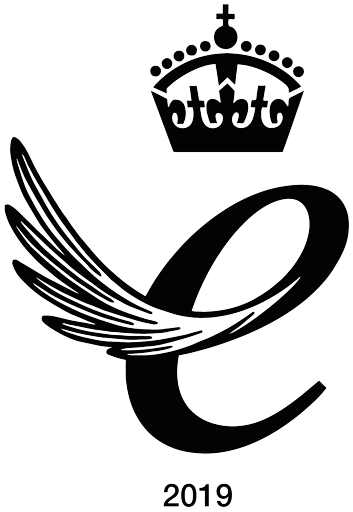Historically countries such as China, Brazil, Bangladesh and Mauritius have been centers of low cost out sourced manufacture for brand owners such as Nike, Apple and Hugo Boss. These countries retain very little of the value created in the products as the value resides with the brand owners.
There are however a growing cohort of entrepreneurs in these countries who have the skill, ambition and aspire to create global brands. These entrepreneurs are dedicated, persistent and committed to creating an innovative products that is genuinely meaningful for customers.
They can learn from the global success of the Havaianas brand from Brazil, which is now a required case study in most Marketing courses. The Havaianas brand is owned by Alpargatas S.A. In some ways it is literary a rags to riches story of a product first launched in the 1960’s and sold to the Brazilian poor.
As sales slowed in the 1990’s the management took a decision to rebrand them as a fashion accessory. The internet expanded brand awareness by circulating pictures of celebrity trend setters such as Jennifer Ariston wearing Havaianas. This has resulted in Havaianas selling 280 million sandals in 80 countries in 2010.
The Havaianas success is built on solid Intellectual Property foundations of a trademark (fist registered in 1962) and trade secret in the form of the composition and process used to make the rubber soles. They do not have patents on the technology because the design of the sandal is almost as old as mankind. The company has protected its image and goodwill through actions to protect its Trademarks and Domain names in overseas jurisdictions such as France and Israel. They have also co-created new IP through open innovation with partners such as Missoni to create a line of flip-flops emblazoned with the Milan-based luxury label’s hallmark zigzags.
Entrepreneurs seeking to follow their lead should not only learn from their marketing strategy but also from their use of intellectual property. These can be summarised as:
1) to understand the IP they own and how to protect it;
2) to understand what they cannot protect;
3) to build partnership to create new products through open innovation.
In order to do this entrepreneurs, designers and innovators need to have a basic practical understanding of intellectual property law.
Image courtesy of UCLA Newsroom

